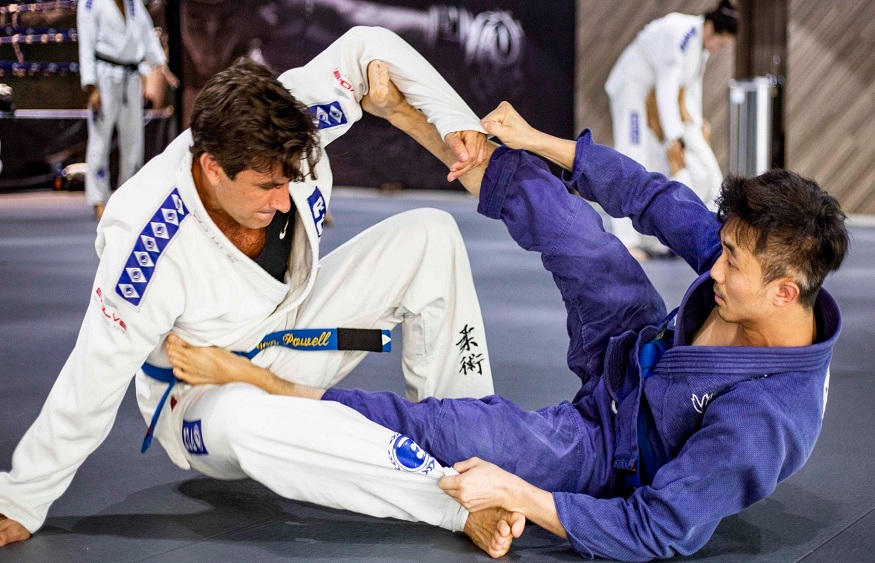Everyone seemingly confuses Japanese jiu-jitsu (JJ) with Brazilian jiu-jitsu (BJJ) at some point or another. Some of this confusion has to do with wording. For instance, if you hear someone say jiu-jitsu, you may think of both Japanese and Brazilian styles. However, this is where the similarity ends. These are two very different art forms.
The Origins of Japanese Jujitsu
Traditional Jiu-Jitsu is frequently considered to be one of the earliest types of martial arts that anyone has ever taught. In fact, it’s widely believed that this style originally started being practiced by Buddhist monks who were searching for a peaceful means of self-defense. However, there wasn’t much known about it until samurai were seen using it on the battlefield. While they’d still use weapons, JJ proved an effective means of self-defense in hand-to-hand combat. This style has since gone on to heavily influence the development of both Brazilian jiu-jitsu and judo.
When JJ was being used in the military, its training focused mostly on things like grappling, throwing, and joint locks. While some things have changed since this time (e.g., kicking and striking movements have been added over the years), these are things that are still being taught to many military and law-enforcement officials today.
The Evolution of JJ to BJJ
The development of Brazilian jiu-jitsu depended largely upon the progression of JJ into judo. By the late 19th century, many JJ techniques had evolved into judo, thanks to mainlyJigoro Kano.
Standing 5’2” and weighing in at less than 100 pounds, kano adapted JJ so that it depended less on strength and more on throwing someone off balance when they attacked you. At the same time, he also placed more emphasis on personal development. Therefore, things like kicking and striking techniques, using weapons, and placing pressure against your opponent’s joints while throwing them were no longer as important as they’d been in the past. Now things like throwing techniques, joint locks, and chokeholds have become more important.
By the early 1900s, judo had become quite popular, making its way to Brazil. This was thanks to Kano’s student, Mitsuyo Maeda, who started teaching it there. One of Maeda’s students was a man by the name of Carlos Gracie. Gracie was interested in judo’s ground fighting aspects – something that resulted in the start of Brazilian jiu-jitsu.
The Difference Between JJ and BJJ
When a fighter is using Brazilian jiu-jitsu, their goal is to bring their opponent to the ground. Once there, they’ll attempt to place the opponent in a submissive position. This is done by focusing on both grip and leverage. In this way, judo allows those who are smaller and weaker to defend themselves against someone who’s bigger and stronger.
Where JJ and BJJ are Seen Today
BJJ has become one of the most popular styles of martial arts being used in MMA tournaments today. However, it doesn’t involve kicking and punching. Instead, it focuses on grappling.
Today, BJJ is also taught to students who want to learn self-defense because it’s very effective in street fights. This is because a lot of street fights happen on the ground, hence making BJJ a very practical style to use there. What makes this even better is that women, children, and others who have a smaller stature can protect themselves against a much bigger opponent, thanks to BJJ.
Choosing Between JJ and BJJ
Both Japanese and Brazilian jiu-jitsuare closely related thanks to their connected histories, but they’re very different when it comes to practicing and applying them. By understanding these differences, you’ll be able to choose which style you want to learn. If you need some help with this discovery process, reach out to us at Elevate Martial Arts in Tampa, FL, today.

